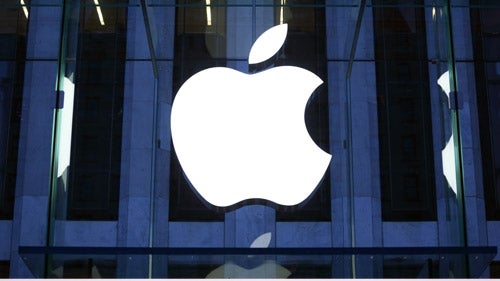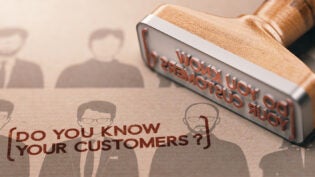
Branding can be daunting at the best of times. For small- to medium-size enterprises, budgets to address brand initiatives are just a fraction of what a Fortune 500 company may apply. If you’re anything like me, you’re constantly educating yourself on ways to fine-tune your brand.
Books on the subject are a great way to discover nuggets of information that can be applied to your situation. But often, branding books take examples from companies who the world knows and whose budgets are nowhere close to small business’s reality—which makes it hard to relate. I thought I’d use this space to show small businesses some good branding strategies they can use with great effectiveness and little cost.
ONE: Consistency
You’ll never see a Fortune 500 company with multiple versions of their logo. Many small businesses have one logo on their business cards and another on their location, vehicles, and uniforms. To many, this may seem silly, but look around your communities. You’ll see that this happens all the time because companies do not have brand image guidelines in place. The image of the company is left in the hands of whoever picks up the ball to do some marketing. Establish strict guidelines for your brand and you’ll experience less confusion among your customers.
TWO: Brand Experience
Drop by any Apple store, Walmart, or McDonald’s location and the experience crossing the threshold will be the same no matter where in the world you’ll come into contact with them. Even if you only have one location it’s important that all employees understand the experience you want your customers to have once they contact your company—whether that’s live, online, or over the phone. Customers have to become very familiar with brand attitudes, policies, and general expectations. I know when I step up to the counter at any McDonald’s, the wait staff are going to try and deliver my order as fast and efficiently as they can—all while having a great attitude regardless of how busy the restaurant is that day.
You too can orchestrate a brand experience that customers grow to love and expect. It doesn’t take buckets of cash to make a customer feel like you care and repeat that over and over. Training staff is crucial to your brand experience.
THREE: Own Your Color
If I quote a popular marketing slogan, “What can brown do for you today?” who am I speaking of? Most people I ask this to state that its owner is UPS. What’s marvelous is that they know the identity of the firm by their color—not their name. UPS owns the color brown. You too can own your own color if you choose it strategically instead of psychologically or by picking favorites. Research the colors used by competition in your category and choose colors that are not being used. I analyzed the tool and die industry in the industrial heartland and 74% of them used the color blue. They were essentially following the leader, the rational being, “If they were successful using blue, then we should follow them.” All it really does is put your brand in a sea of sameness.
FOUR: Use An Icon
You’ve heard the old adage “A picture is worth a thousand words.” Well, it’s definitely the truth in branding. Icons are becoming so powerful, some brands are dropping their names in favor of their icons (or symbols). These companies include Apple, Target, and Starbucks. Does your logo have a symbol or icon attached to it? Maybe you should consider it. Some have fun with the technique by having their icon also become their mascot. Aflac’s duck became so powerful they applied it to the logo. Coke’s glass bottle shape was an icon so familiar, patrons could identify the product in the dark just by the feel of it in their hand. Harley uses a sound icon, which of course is the sound of their bike. Cinnabon uses smell as an icon. No matter which sensory button you’d like to push, icons scan be very powerful in representing your brand on many other levels.
FIVE: Brand Culture
Many of the Fortune 500’s have a brand culture that encourages their employees to excel. From the top down, a positive and inclusive attitude exists that encourages growth from within. Attitude is paramount. You too can have a winning corporate brand culture. Study how they work their human assets to benefit the whole. Attitude doesn’t involve so much cash but rather a perspective and a willingness to adapt to changing circumstances. One advantage small companies have over Fortune 500’s is that they are flatter, and therefore can turn on a dime to changing trends. Making stakeholders brand advocates puts everyone on the same team benefiting from a common culture.
That’s about it. There is so much that goes toward having a winning brand. These five examples are a good start to growing your brand. Implementing just one will make a difference in your business.
Published: May 14, 2013
4416 Views
4416 Views














